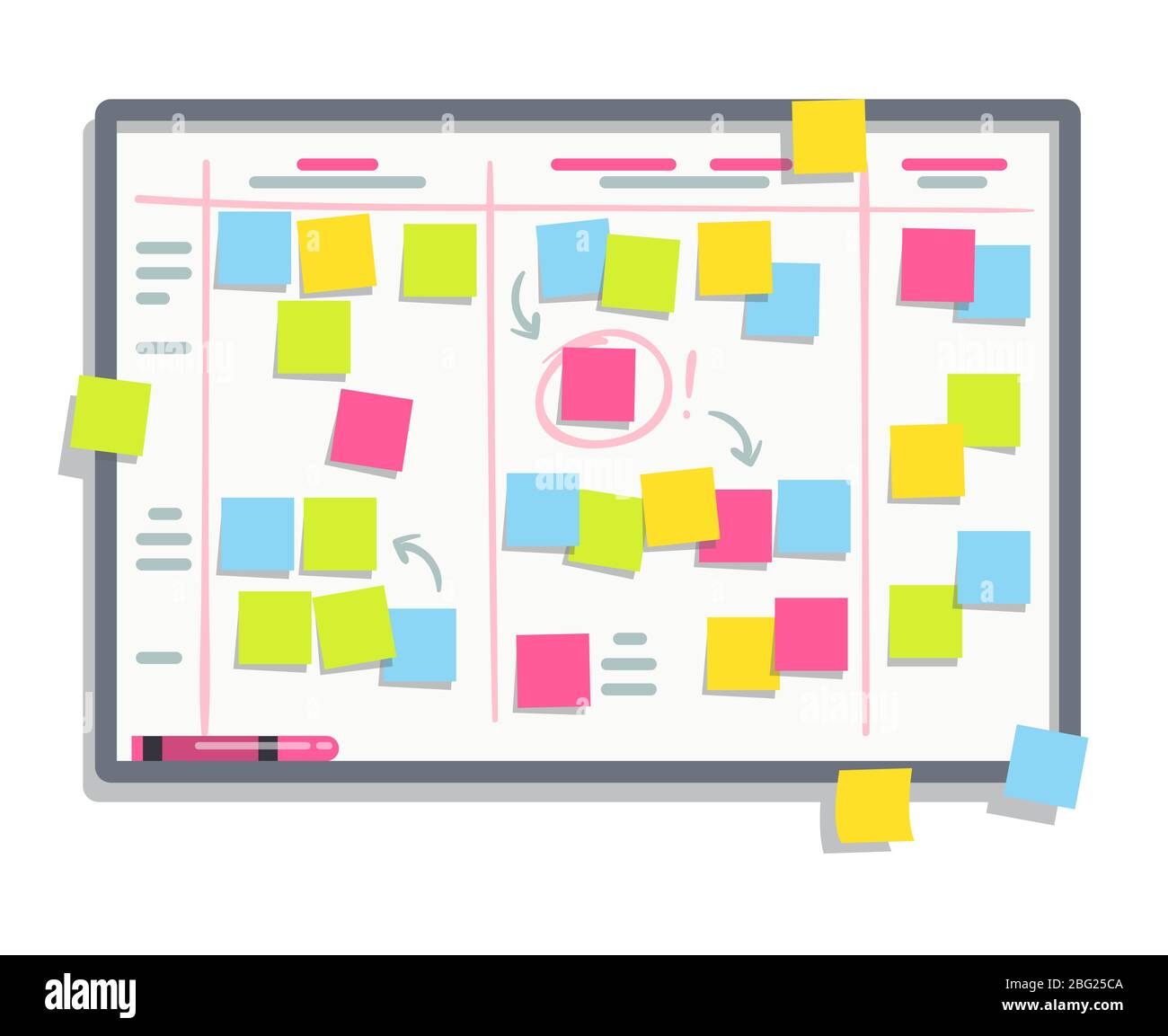Blog article: Updating our dataset page to better meet user needs

Article text
Here at Toronto Open Data, we strive to treat the City’s Open Data Portal like a product, not a project; we’re always learning things from our users – what they need, what they’d like, what their pain points are — and continuously improving the portal based on their feedback.
Something we learned recently was that our dataset page – the landing page for each individual dataset on the portal – wasn’t meeting user’s expectations. To help people get the most out of open data, each dataset page includes helpful information like a definition of the fields, a data quality score and a preview of the actual dataset
The dataset page’s design, however, made it difficult to find this information. Take our Central Intake Calls open dataset, for example. The dataset includes information about Toronto’s 24/7 telephone referral service for emergency shelters and overnight accommodation. It contains of two sub-datasets, or “resources”; one for historic call volumes and one for call types. Under the previous design, the field definitions, data quality score, and preview function were only available for the first resource.
We heard from users that this was a pain point, so we set out to fix it.
Step 1: What do other cities do?
We started where many government projects start: a jurisdictional scan. We looked at other cities’ portals to learn how they’ve tackled the same problem.
We reviewed 13 other open data portals, and found all were using similar UI patterns, including:
- Tabs; where you could toggle between different open data resources by clicking a button.
- Accordions; where you could reveal or hide additional information about each resource.
- Hybrid; some combination of tabs and accordions.

Step 2: What do our users do?
We also reviewed our internal data about how users actually use the portal. A quick glance at our stats showed users are most likely to click on the links to download data or view column definitions. Regardless of the solution we chose, we knew these features should remain readily accessible to portal visitors.
We also conducted a survey to help validate our assumptions at scale. We shared the questions with tech and data meetup groups in Toronto, and invited some of our academic partners (many of our users are students!) to complete the survey with their classes.
We received 53 responses. Most identified as students, researchers, or hobbyists; only a minority of respondents identified as developers or professionals.
The survey really helped validate some of our assumptions . For example, respondents said they were most likely to use the portal to download data, and many pointed to the lack of functionality on the dataset page as a pain point.
Step 3: What would users prefer?
Rather than reinvent the wheel, we made working versions of our dataset page with tabs, accordions and a mix of both and put them in front of users.
We visited local meetups, including Civic Tech Toronto and Machine Learning Toronto, and conducted 16 user interviews. We showed people different versions of the dataset page and asked them to perform common tasks, like download a dataset or find the definition for a specific column.
These usability tests almost unanimously showed that a hybrid approach was easiest for users to navigate.
Testers appreciated the prominent download button on the accordion for each resource. They also noted the hybrid approach reduced both the overall visual clutter of the page and the need to scroll to find what they were looking for.
Step 4: Implement!
Thanks to our research, we felt confident that a hybrid approach would create the best user experience for consumers of open data. So that’s what we did.
In July of 2025, we launched a revamped version of the dataset page. The new page is cleaner, requires less scrolling, and most importantly, lets users view additional information about every resource in a dataset.
Check out the new layout, and let us know if there are other ways we could improve it!

What else did we learn (and what can we do better)?
User research is fantastic. It takes the guesswork out of product development and helps us make decisions about the Open Data Portal (and the program writ large) with confidence.
We want to do more research. With more – and more diverse – people. And we want to do it better.
But those are high level learnings. More specifically, we learned a few things about the practice of user research:
- Usability tests are great for deciding on UI changes, but not so great for unearthing new pain points or opportunities; to do that, we need to conduct more open-ended conversations and really watch people interact with the portal.
- Surveys don’t necessarily lead to deeper or more valuable insights about user experience, but they are useful for validating assumptions at scale. User research with just a few participants can show us what direction to take, but surveys give us confidence that a greater number of users feel the same.
Help us improve the Open Data Portal
We’re committed to doing more research and using it to inform the product roadmap for Toronto’s Open Data Portal. If you’re interested in helping us improve the portal’s user experience, or helping test new features, sign up to be an open data beta tester!
